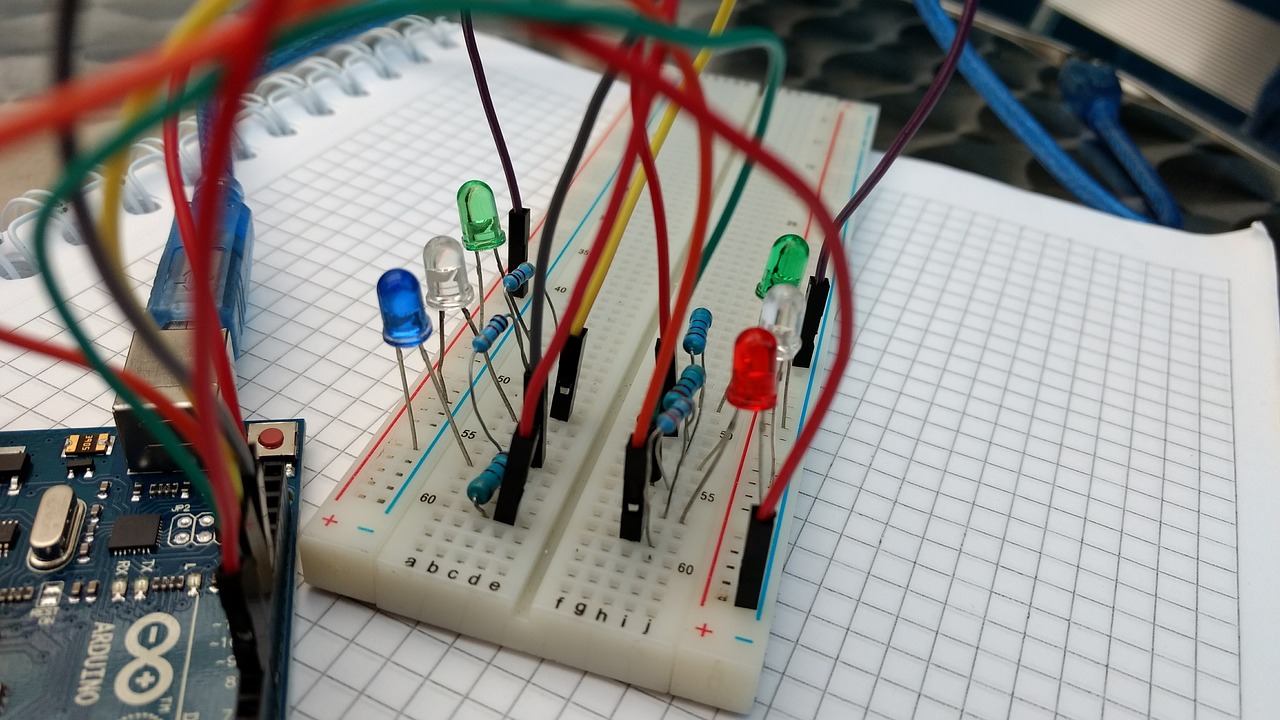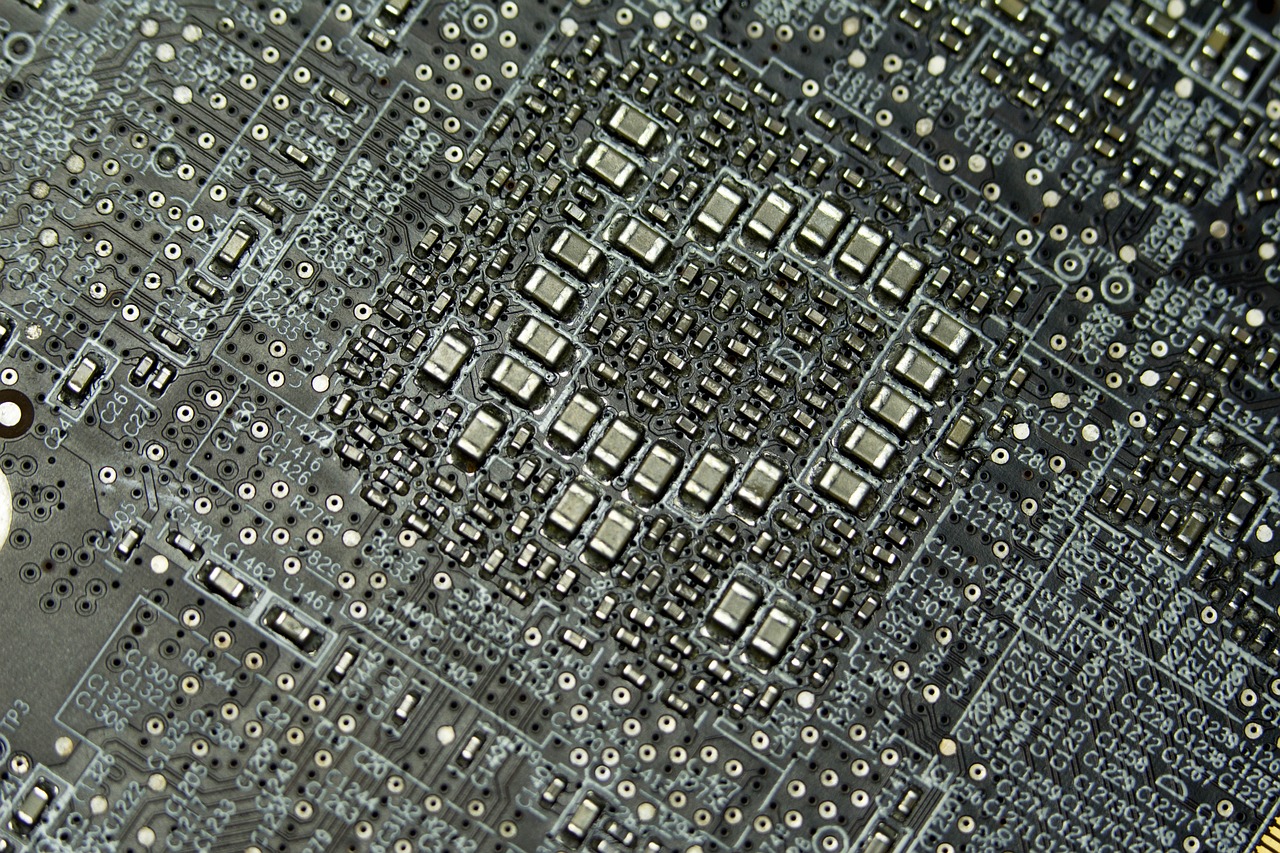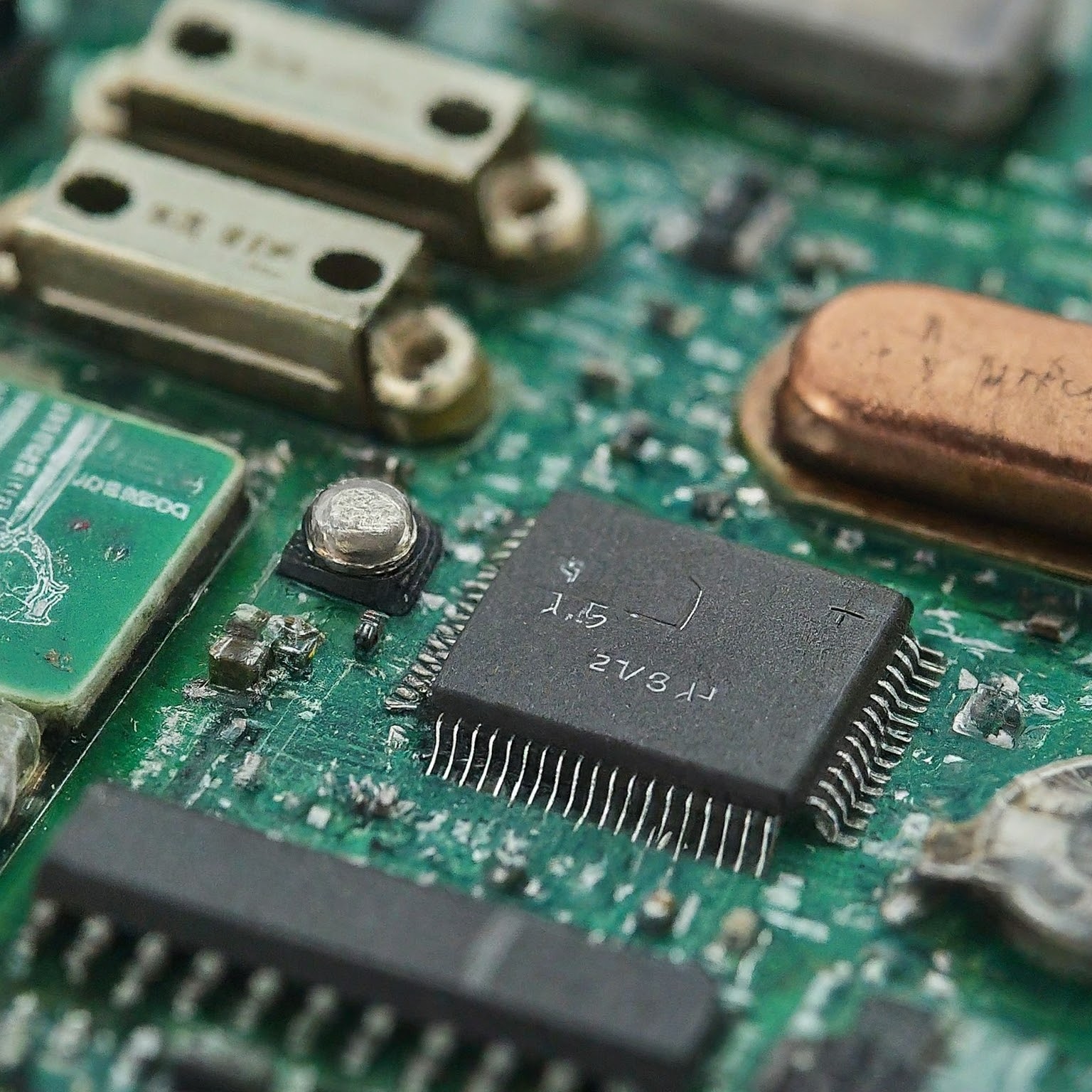
In the realm of electronics, measuring temperature plays a vital role in countless applications. Enter the thermistor, a fascinating little resistor whose resistance changes with temperature fluctuations. This article unveils how thermistors, coupled with the power of microcontrollers like Arduino, can be harnessed to create temperature-sensing devices.
The Thermistor Explained:
Thermistors are temperature-sensitive resistors, categorized based on their resistance behavior. The most common type, the Negative Temperature Coefficient (NTC) thermistor, exhibits a decrease in resistance as the temperature rises. Conversely, Positive Temperature Coefficient (PTC) thermistors increase resistance with higher temperatures.
The Science Behind the Change:
The resistance variation in thermistors stems from the material's internal structure. As temperature increases, the semiconductor material within the thermistor experiences increased mobility of charge carriers (electrons), leading to a decrease in resistance for NTC thermistors.
Interfacing with Arduino:
Microcontrollers like Arduino offer a powerful platform for utilizing thermistors in temperature measurement projects. Here's a breakdown of the process:
Unlocking Potential Applications:
By leveraging thermistors and Arduino, we can create a multitude of temperature-sensing projects:
The Advantages of Thermistors:
Beyond the Basics:
While this article provides a foundational understanding, thermistor applications can delve deeper. Advanced techniques like thermistor arrays can measure temperature gradients, while specific thermistor types cater to specialized temperature ranges.
Conclusion:
Thermistors, paired with the versatility of Arduino, unlock a world of temperature-sensing possibilities. From simple monitoring to intricate control systems, this dynamic duo empowers hobbyists and professionals alike to explore the fascinating world of thermal measurement and control. So, grab your Arduino and thermistor, and embark on your temperature-sensing adventure!
Your email address will not be published. Required fields are marked *










































